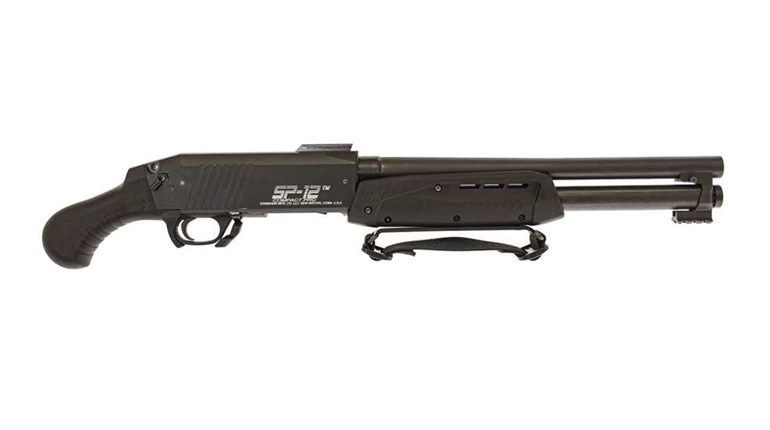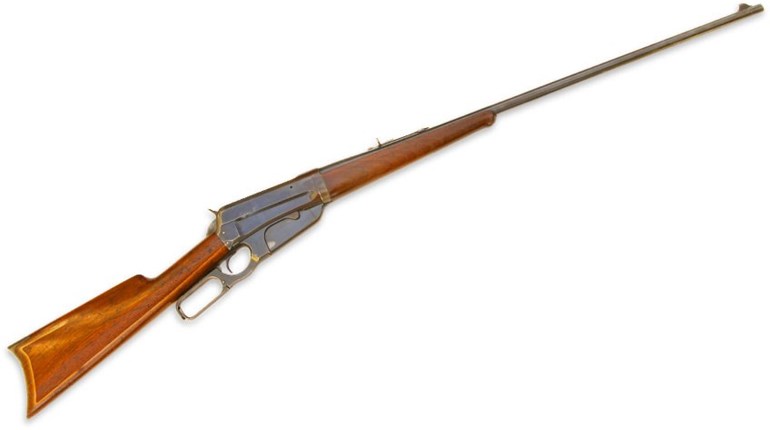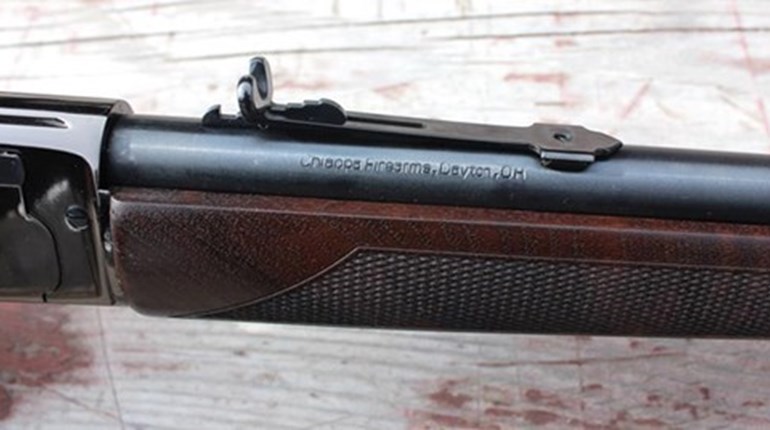** When you buy products through the links on our site, we may earn a commission that supports NRA's mission to protect, preserve and defend the Second Amendment. **

In our previous articles in the "How Do Guns Work?" series, we've covered break-action, double-barrel, semi-auto and bolt-action triggers. But there are three other, rarer types that you still might encounter. Here's the skinny on how they work.
1. Twin-single trigger
This type of system employs two triggers. Each trigger is dedicated non-selectively to fire a separate barrel on the first shot and then will fire the remaining barrel with a second pull. Some shooters feel this system combines the best of both single- and double-trigger systems with very fast barrel selection. Such systems have not proven popular, however.
2. Single-double trigger
This system also employs two triggers. The forward trigger offers single-non-selective operation and will fire both barrels in fixed sequence with successive pulls. The rear trigger fires only one barrel, typically the lower barrel or the one with the tightest choke.
3. Release trigger
While a typical trigger operates by pulling the bow rearward, a release trigger operates in the opposite manner. Release triggers must first be pulled and will not fire until released. Such triggers are normally aftermarket items that are not sold, installed or approved by firearms manufacturers. The purpose of a release trigger is to counteract flinching. Such triggers are geared for target shooting competition and are rarely used for hunting.
A final note on triggers regards trigger pull. Most triggers are judged on their pull or let-off weight. This varies according to the type and use of the gun. For example, many benchrest rifles have a .5-ounce let-off weight, which is too light for other applications. Hunting rifles generally have a trigger let-off weight of 3 to 7 pounds, while a double-action handgun may have a let-off weight of 10 pounds or more. In addition, shooters judge trigger performance in terms of slack, take up, stacking and overtravel.
1. Twin-single trigger
This type of system employs two triggers. Each trigger is dedicated non-selectively to fire a separate barrel on the first shot and then will fire the remaining barrel with a second pull. Some shooters feel this system combines the best of both single- and double-trigger systems with very fast barrel selection. Such systems have not proven popular, however.
2. Single-double trigger
This system also employs two triggers. The forward trigger offers single-non-selective operation and will fire both barrels in fixed sequence with successive pulls. The rear trigger fires only one barrel, typically the lower barrel or the one with the tightest choke.
3. Release trigger
While a typical trigger operates by pulling the bow rearward, a release trigger operates in the opposite manner. Release triggers must first be pulled and will not fire until released. Such triggers are normally aftermarket items that are not sold, installed or approved by firearms manufacturers. The purpose of a release trigger is to counteract flinching. Such triggers are geared for target shooting competition and are rarely used for hunting.
A final note on triggers regards trigger pull. Most triggers are judged on their pull or let-off weight. This varies according to the type and use of the gun. For example, many benchrest rifles have a .5-ounce let-off weight, which is too light for other applications. Hunting rifles generally have a trigger let-off weight of 3 to 7 pounds, while a double-action handgun may have a let-off weight of 10 pounds or more. In addition, shooters judge trigger performance in terms of slack, take up, stacking and overtravel.







































